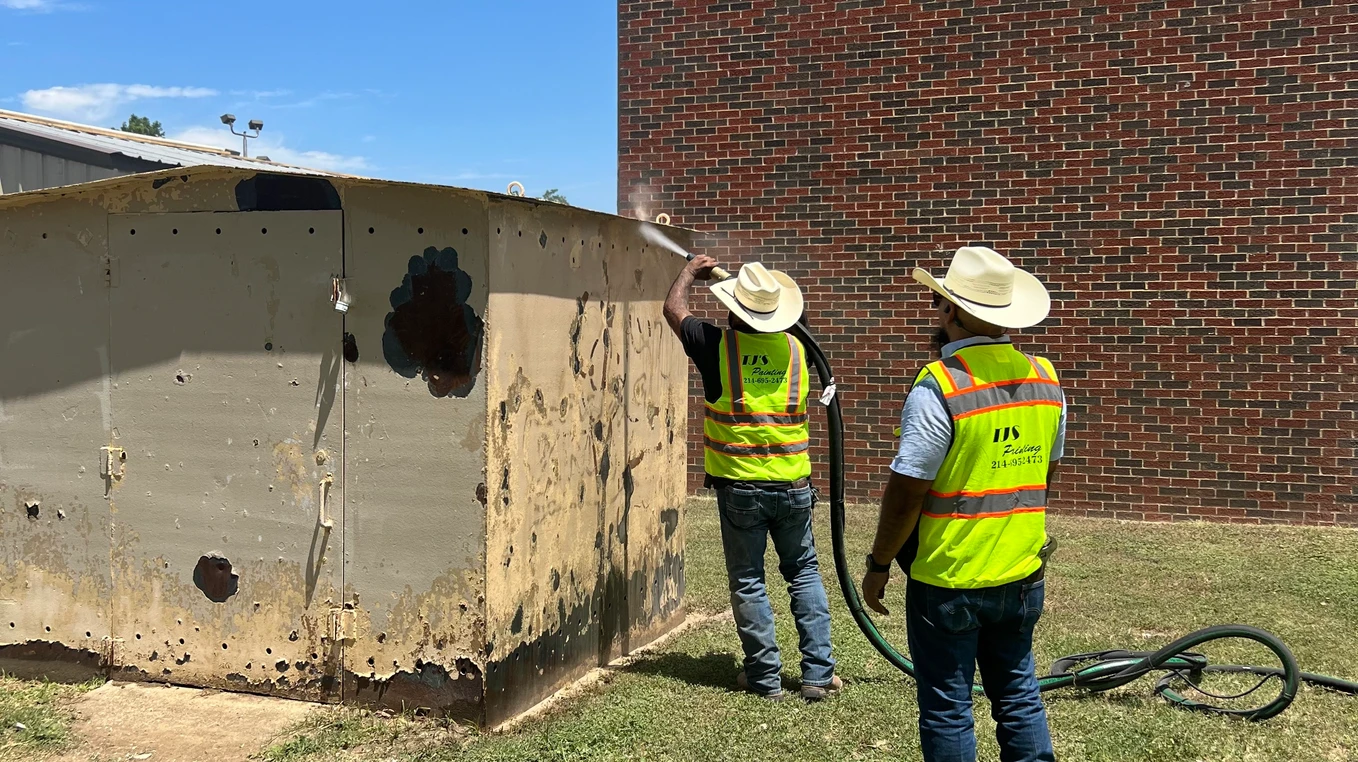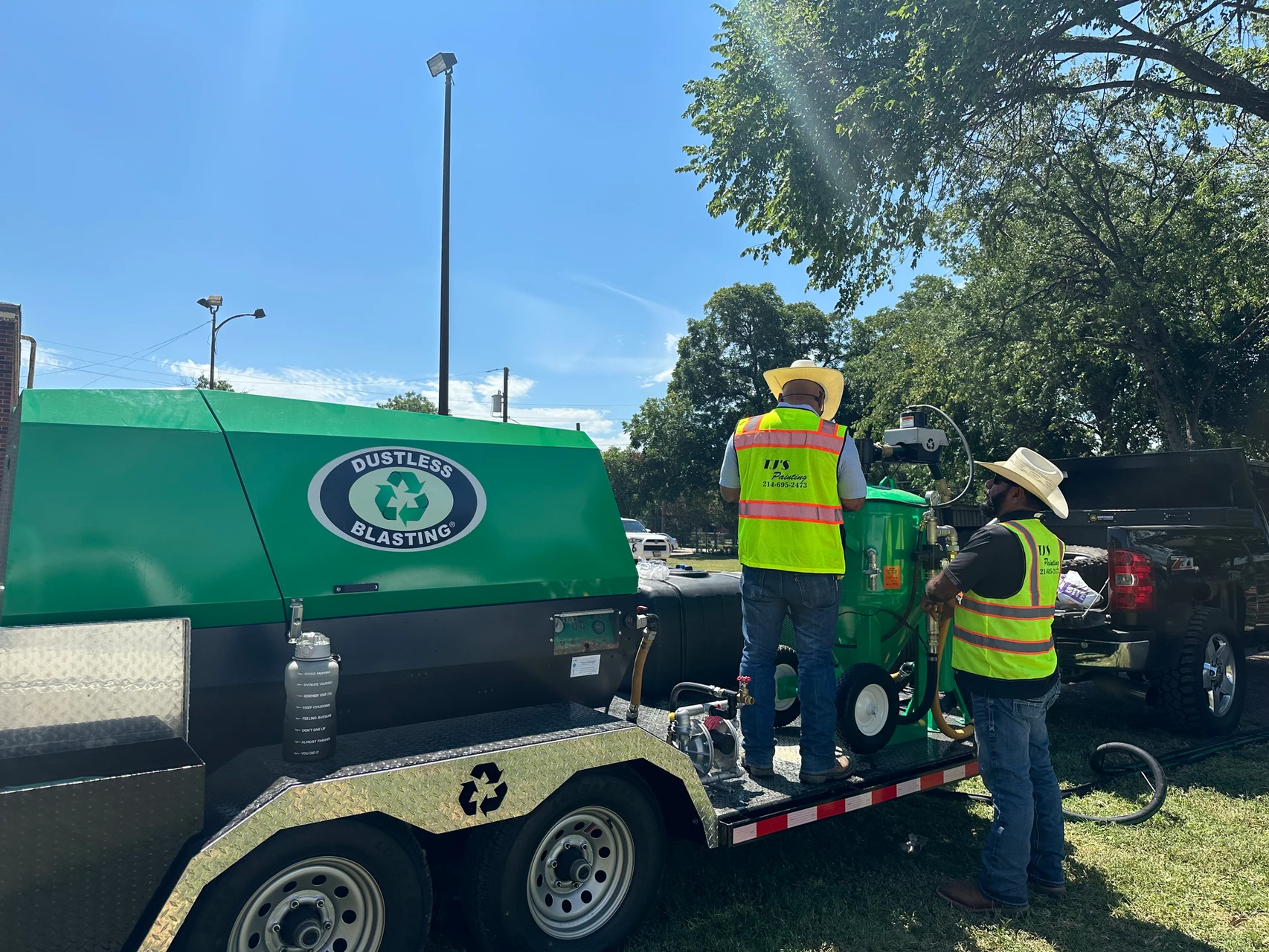Comprehensive Guide About Sand Blaster: The Ultimate Weapon to Blast Away Dirt and Grime from Any Surface
Few tools have changed the face of cleaning and restoration quite like the sandblaster. For decades, it has been the go-to tool for blasting away grime, rust, paint, and other stubborn contaminants. Yet many DIY enthusiasts and professionals alike have only scratched the surface of what these machines can do. That’s where this guide comes in. By exploring the many applications and benefits of sandblasting, you’ll gain a newfound appreciation for the power and versatility of this often-overlooked tool. From automotive restoration to painting preparation and industrial cleaning, we’ll delve into the many ways that you can unleash the full potential of your sandblaster. Ready to elevate your sandblasting skills? Dive into a comprehensive guide about sand blaster and let’s get started.
What is a Sandblaster and How Does It Work
A sandblaster is a powerful tool used for removing rust, paint, dirt, and other stubborn substances from surfaces. It is also known as abrasive blasting. Sandblasting involves the use of compressed air to propel small abrasive materials against a surface to create a smooth and clean surface. The abrasive material used can either be sand, aluminum oxide, glass beads, or plastic particles.
How does a sandblaster work? Essentially, the sandblaster is filled with abrasive material, which is then pressurized by air. When the trigger is pulled, the air and abrasive material is released at high speed, impacting against the surface being treated. The abrasive particles remove any unwanted substances, leaving a clean and smooth finish. Sandblasting is a highly effective method of cleaning surfaces, both large and small, and can be used in a range of industries, from automotive manufacturing to aerospace.
Despite its effectiveness and versatility, however, sandblasting can be a hazardous process if not done correctly. The abrasive materials can be harmful to the operator if inhaled, causing respiratory problems and other health issues. For this reason, proper safety precautions must be taken when using a sandblaster, such as wearing protective clothing and respiratory equipment.

Different Types of Sandblasters and Their Uses
There are several types of sandblasters available on the market, each with its own specific uses and advantages. The most common types include pressure blasters, siphon blasters, wet blasters, and portable blasters.
- Pressure Blaster: This type of sandblaster works by pressurizing the abrasive material in a tank and shooting it out through a nozzle at high speeds. Pressure blasters are ideal for heavy-duty jobs and can be used on a variety of surfaces, including metal, concrete, and brick.
- Siphon Blaster: This type of sandblaster uses two hoses – one to draw in the abrasive material and another to propel it out through a nozzle. Siphon blasters are best suited for small-scale jobs and are often used for detailed work on delicate surfaces.
- Wet Blaster: Unlike traditional sandblasters that use dry abrasive materials, wet blasters mix water with the abrasive material before propelling it onto the surface. This creates less dust and can be useful for cleaning surfaces that may be damaged by dry blasting methods.
- Portable Blaster: As the name suggests, portable blasters are designed to be easily transported, making them ideal for on-site work. They can come in various sizes and can be powered by either electricity or air.
Sandblasters have revolutionized the cleaning and restoration industry with their ability to blast away stubborn dirt and grime from almost any surface.
Benefits of Using a Sandblaster to Enhance Home Projects
Sandblasting is a versatile technique used to enhance a wide array of home projects. Sandblasters work by releasing a high-pressure stream of abrasive materials, such as sand, onto a surface, stripping it of any unwanted layers. One of the most significant benefits of using a sandblaster is that it creates a smooth and even surface, resulting in better adhesion for coatings, paints, and other finishes. This means that any projects that involve restoring old furniture, gates, or fences can benefit from sandblasting, as it makes the surface easier to work with, improving the overall finish of the project.
Another great advantage of using a sandblaster is that it is an environmentally friendly way of cleaning surfaces. Unlike other cleaning methods that use harsh chemicals and solvents that can be harmful to the environment, sandblasting is a dry process that does not create any waste or run-off. Additionally, sandblasting is a time-efficient solution for cleaning surfaces that have tight corners and hard-to-reach areas. This process can be used on various materials such as wood, metal, and brick, making it an excellent choice for many home projects.
Last but not least, using a sandblaster can save you money in the long term. By removing any rust, dirt, or other corrosion from surfaces, you can extend the lifespan of your home projects, resulting in less need for repairs or renovations. Moreover, sandblasting prepares the surface in such a way that it makes it less prone to wear and tear.
Safety Tips for Working With a Sandblaster
As mentioned earlier, while sand blasting services can be an effective and efficient method for cleaning surfaces, it also comes with potential hazards. It is essential to take the necessary safety precautions when using a sandblaster to avoid any accidents or health risks. Here are some tips to keep in mind before and during sandblasting:
- Wear protective gear: This includes a helmet or hood, safety glasses, earplugs, and a respirator mask. These items will protect you from any flying particles and prevent inhalation of the abrasive material.
- Choose the right abrasive material: Depending on the surface you are working on, different abrasive materials may be more suitable. Be sure to research and select the best option for your project to avoid damage or excessive dust.
- Work in a well-ventilated area: Sandblasting creates a lot of dust and debris, so it’s crucial to work in an open or well-ventilated space to avoid any buildup of harmful particles.
- Keep bystanders at a safe distance: Ensure that there are no individuals near the blasting area, as they may be at risk of being hit by flying particles or inhaling dust.
- Follow proper cleanup procedures: After sandblasting, make sure to clean up any debris and dispose of it correctly to avoid any potential harm to yourself or the environment.
Sandblasting is a highly effective and versatile method for cleaning and preparing surfaces for further treatment.

Equipment You Need When Using a Sandblaster
To use a sandblaster effectively, you will need several essential pieces of equipment. These include the sandblaster itself, an air compressor, abrasive material, and safety gear. Additionally, depending on the type of sandblaster you have, you may also require hoses and nozzles for proper operation.
- Sandblaster: There are various types of sandblasters, as mentioned earlier in this document. You can choose a pressure blaster, siphon blaster, wet blaster, or portable blaster based on your specific needs.
- Air Compressor: This is the power source for most sandblasters and supplies the air needed to propel the abrasive material onto the surface.
- Abrasive Material: The type of abrasive material you choose will depend on the surface you’re working on and the level of cleaning required. Common abrasive materials include sand, walnut shells, glass beads, and aluminum oxide.
- Safety Gear: To protect yourself from potential hazards when using a sandblaster, safety gear is essential. This includes a helmet or hood, safety glasses, earplugs, and a respirator mask.
- Hoses and Nozzles: Depending on the type of sandblaster, you may need additional hoses and nozzles for proper operation. Make sure to select ones that are compatible with your specific sandblasting equipment.
Using a sandblaster can be highly beneficial for enhancing various home projects. However, it is crucial to prioritize safety and use the proper equipment when using a sandblaster.
Tips on Maintaining Your Sandblaster for Optimal Performance
Proper maintenance of your sandblaster is essential for its optimal performance and longevity. Here are some tips to help you keep your sandblaster in top working condition:
- Clean the equipment after each use. After using a sandblaster, make sure to clean it thoroughly with compressed air or water to remove any remaining debris.
- Check the hoses and nozzles regularly. Hoses and nozzles can become worn or damaged over time, so it’s essential to inspect them regularly and replace any faulty parts.
- Keep the air compressor clean. Make sure to keep your air compressor free of debris and dust to prevent any damage or malfunctions.
- Use the recommended abrasive material. Using the right abrasive material for your specific sandblaster can prevent damage and ensure optimal performance.
- Store the equipment properly. When not in use, store your sandblaster in a safe, dry place to avoid any potential damage from moisture or other environmental factors.
By following these maintenance tips, you can ensure that your sandblaster remains in excellent condition and provides effective results for all your home projects.
Sand blast is a highly useful method for cleaning and preparing various surfaces. It offers numerous benefits, including cost-effectiveness, environmental friendliness, and time-saving. However, safety should always be a top priority when using a sandblaster. By following the necessary precautions and maintaining your equipment properly, you can ensure optimal performance and safety while using a sandblaster for your home projects. So go ahead and give sandblasting a try for your next project, and see the impressive results for yourself! So why wait? Start exploring the endless possibilities of sandblasting today!
TJ’s Professional Painting and Construction LLC
https://www.google.com/maps?cid=17277917393559414619
220 East Ovilla Road, Red Oak, TX 75154
(214) 695-2473
https://www.tjspropainting.com/

